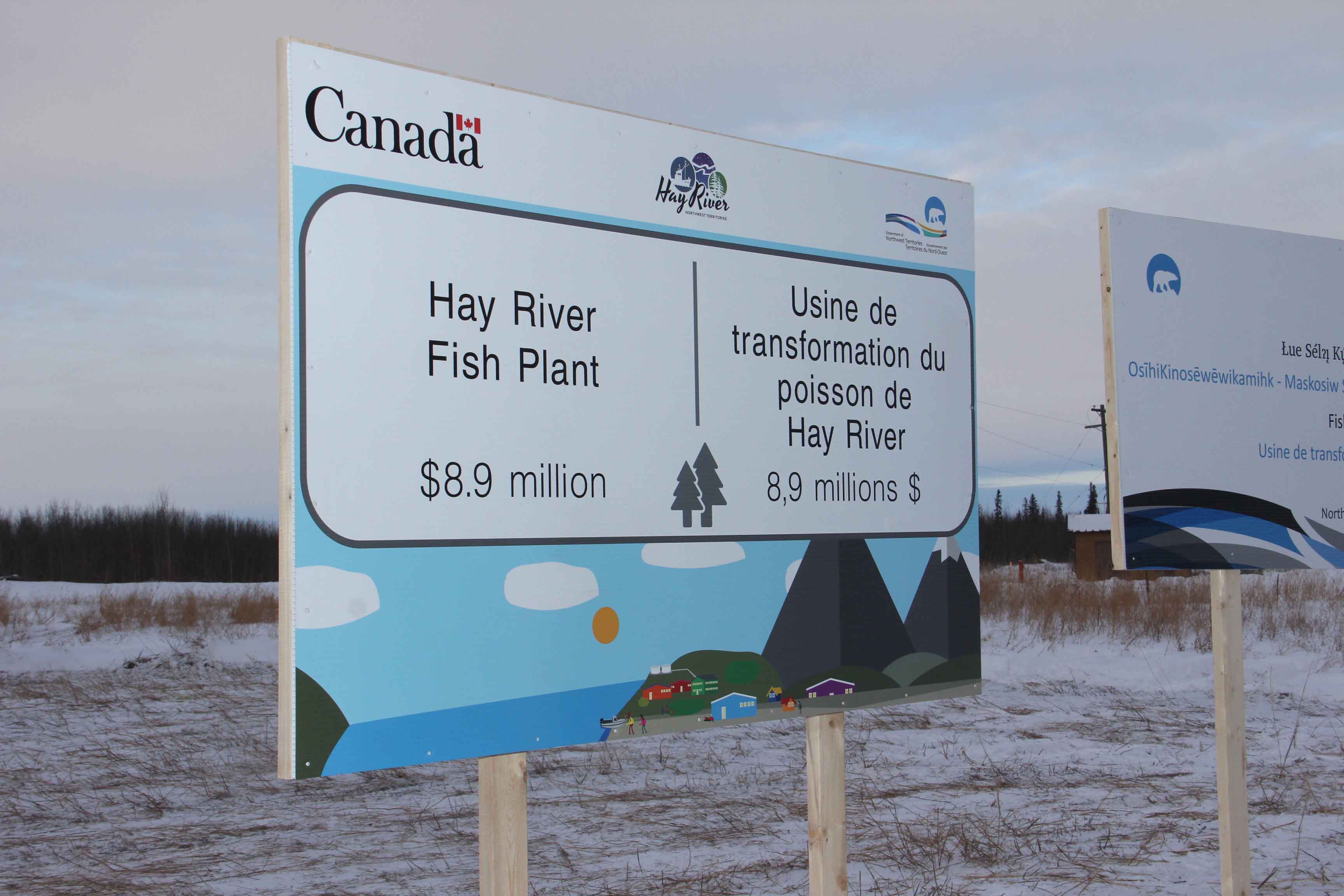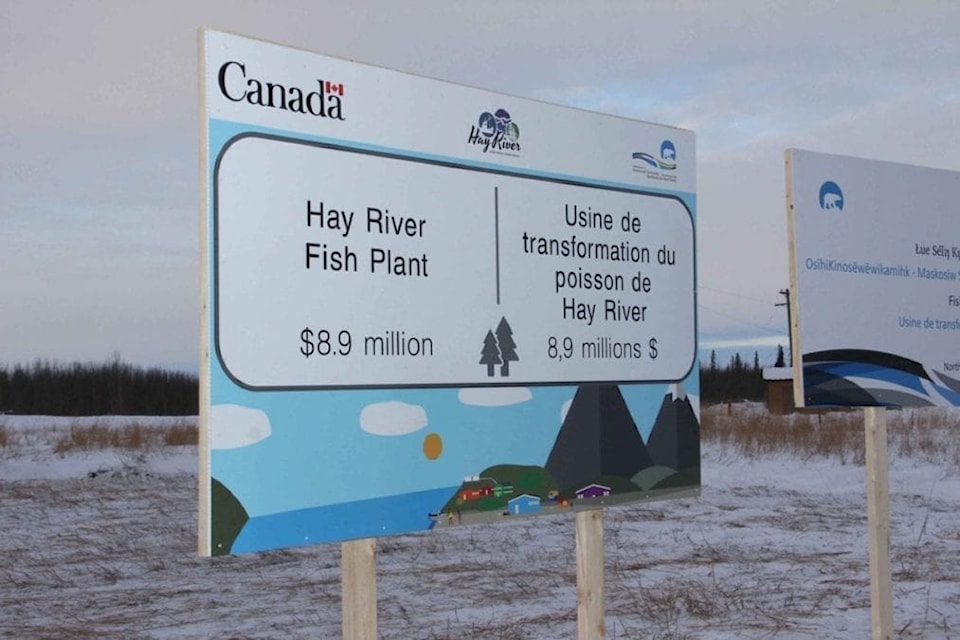
NNSL file photo
Not surprisingly, a lot of the discussion at the May 9 annual general meeting of the NWT Fishermen's Federation (NWTFF) focused on plans for a new fish plant in Hay River.
And even though a new fish plant has been talked about for years and funding was announced in January to start construction this year, many questions remain.
In fact, the federation recently wrote the Department of Industry, Tourism and Investment (ITI) seeking more information.
Tom Colosimo, the superintendent for the South Slave Region with ITI, was on hand at the AGM to answer questions, but he began by wondering why there were so many questions.
"You asked for a presentation, but I don't know what to present," he said. "I mean we've presented all the details. We've assisted the NWTFF in retaining consultants to put the plans together. And we had the special meeting last year to discuss this. I was a little concerned obviously over the implied indication in the letter that ITI was somehow to be at fault for a lack of communication."
It appears at least some of the communication problems are related to the limited administrative capacity of the federation.
Colosimo noted that, as part of the business plan, ITI would retain a manager position for two years that would support an NWTFF-associated co-operative once it is functioning.
"That position is on the books," he said. "It just hasn't been staffed."
Bert Buckley Sr., the president of the Tu Cho Fishers Co-operative, said it needs somewhere to operate.
"We need a place like an office," he said. "We need a home."
Colosimo noted an office was identified in the GNWT's strategy for the Great Slave Lake fishery.
"The business plan (for a new fish plant) and the resulting design calls for you guys to have an office building on the same location," he said.
Buckley said something is still needed before the plant is built to help solve the communication problem.
"Communication is the most important," he said.
Colosimo had to respond to a number of other concerns.
Buckley said that fishers want to get the new plant built, but there is some concern about the size.
"Is that negotiable?" he asked.
Colosimo said the scale of the plant is driven by the size of the equipment, the fact that it's automated, and the anticipated volume of fish.
The GNWT is going to build the plant, maintain it and continue to own it for a while until the business case is really established, he told the fishers. "Your expenses are going to be receiving the fish, processing the fish, packaging and selling the fish. Those are the only expenses within the business plan that you have to account for, and your staffing, of course, that goes along with it."
Buckley said some fishers are worried that they may eventually be stuck with a plant that's very costly to operate.
Stacy Linington, the former president of the federation, noted there has never been any indication that fishers will be forced to take ownership of a new plant.
"If we don't want it five years from now, we don't take it five years from now," he said.
Colosimo also told the meeting that a fish fertilizer aspect of a new plant looks to be very profitable.
"Because the plan is to bring in fish whole, we'll have a lot of carcasses and we're going to have a lot of by-catch," he said, noting turning that into fertilizer could by itself mean an $800,000 annual profit.
"I think this plant just right off the top of it based on the fertilizer and the processing, you're going to get another $1.50 a pound from what you're getting right now," he said, noting that would be with no additional fishing effort.
About a dozen fishers attended the AGM.
In January, the federal and territorial governments announced they would jointly fund construction of a new $8.8-million fish plant in Hay River. That will be about $6.6 million from Ottawa and over $2.2 million from the GNWT.
Construction is supposed to begin this year, with the plant operational by 2020.
The new facility will be built on two GNWT lots near the existing 1,100-square-metre fish plant owned by the Freshwater Fish Marketing Corporation (FFMC). The new plant will be on the west side of Studney Drive, near the South Mackenzie Correctional Centre.
The 1,600-square-metre plant, which will be owned by the GNWT, will be capable of processing about 1.4 million kilograms of fish annually.
The operation will be managed by the Tu Cho Fishers Co-operative and FFMC.
